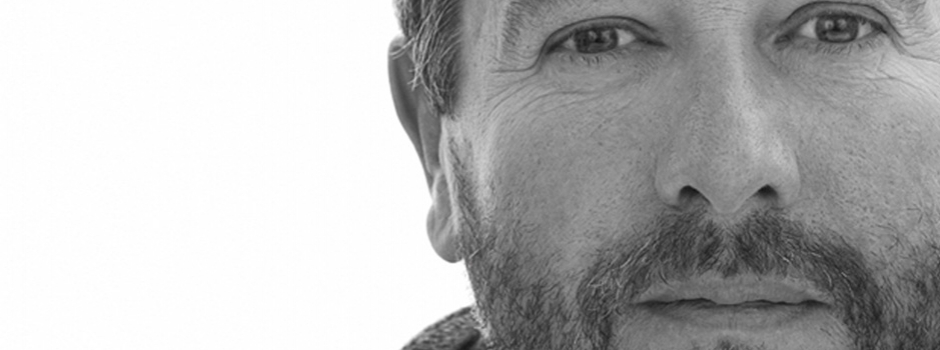ORIGINALLY PUBLISHED on CORE77 – see it here
“I am a type of new bottle opener, I am a sort of door just to open your brain.” With those inscrutable lines Philippe Starck opens his BBC seriesDesign for Life, an irrepressible head-on collision between reality TV, design competition and the myth-factory that is contemporary design. I was drawn into Design for Life in spite of myself, in large part because Starck, the de facto senior statesman of design, is just that much fun to watch. Red clown-nose and chimp parody aside, what other present day super-designer has the personal magnetism and begrudging goodwill of his audience to enlist them in further expanding the cult of their own celebrity? None.
Throughout the six episodes of the series, we watch a parade of design stereotypes gyrate through the highs and lows of design’s well worn pratfalls: lack of confidence, over confidence, myopic subjectivity and good old self delusion. There’s Polly the pragmatic perfectionist whose project derails into SkyMall fodder. Nebil the insufferable narcissist whose ‘vehicle of mutation’ fails to impress and neurotic Helen, whose autobiographical projects, informed by her own Achluophobia*, prompt Starck to quip, “If an adult needs that, (they) need more a shrink than a light.”
Through broadly defined briefs, enigmatic instruction and outright rebellion, the series does a fair job of capturing the sweep of emotions that habitually orbit the design process: optimism, doubt, fear and pride. In the end it’s the usual mix of focus, perseverance and serendipity, which bring the two semi-finalists: Ilsa Parry and Michael Cloke into final competition. Along the way we are treated to a number of ‘insights’ from British design experts like Jeremy Myerson of the Royal College of Art and Antonia Ward of Design Council UK. But the real winner here is Dick Powell, whose sardonic commentary is spot on and calls to mind the long suffering Q doling out instruction to a blase James Bond.
In later episodes, as the number of contestants dwindles and the hour-long format is forced to go deeper, our voyeurism is rewarded by bearing witness to that colorful beast: the designer ego. Not in its popular form of overblown melodrama served up with a dose of self-indulgent tirade, but in its more fragile and informative state: the aspiring designer. As the competition intensifies and the remaining students strive to define their ideas what we ultimately bear witness to is the painfully intimate process of acquiring self-knowledge. Design is a rough business, and the price we pay for indulging our talent is to accept the possibility of cold confrontation with our own limitations at any turn. Throughout the final episodes we see the remaining contestants struggle to reconcile their ideas with Starck’s perception of their worth. Some yield to his will and get lost, others come undone and give up, and an even smaller number buckle down and rise to the occasion. Bearing out Starck’s own veiled rebuke from earlier in the series: “We hate lazy people”. And make no mistake about it, design does ‘hate lazy people.’
What’s truly refreshing is that Design for Life, which could easily have become yet another flat depiction of big D design, actually depicts the topic with some subtlety and nuance. Starck doesn’t come off as infallible, he isn’t always right, and the student-contestants rightly challenge him for lack of clarity, pressing him and his staff for constructive feedback. In the case of Parry and Cloke, they and their projects make it to the finish through different paths, but they make it because they posses that hard to find, but easy to spot combination of opportunity, solution and grace. Design for Life isn’t perfect. It has its chest pounding moments–chief among them a long but only casually developed thread about sustainability that never goes anywhere–butDesign for Life makes one thing abundantly clear: Starck (now 60) is the closest thing to the Beatles design has ever had, and in the increasingly fractious world of the web, the closest it may ever have.
*fear of the dark

